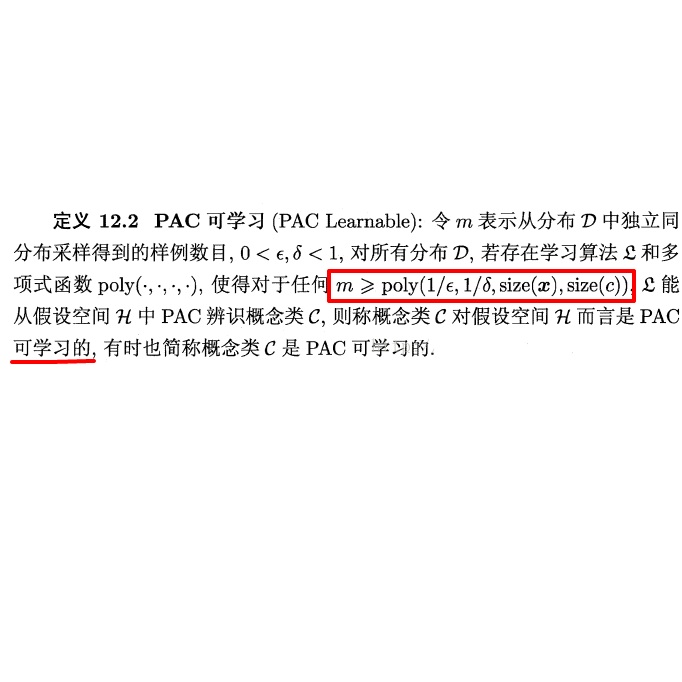In this manuscript, we propose an optimization framework to maximize the energy efficiency of the BSC-enabled cooperative NOMA system under imperfect successive interference cancellation (SIC) decoding at the receiver. Specifically, the energy efficiency of the system is maximized by optimizing the transmit power of the source, power allocation coefficients (PAC) of NOMA users, and power of the relay node. A low-complexity energy-efficient alternating optimization framework is introduced which simultaneously optimizes the transmit power of the source, PAC, and power of the relay node by considering the quality of service (QoS), power budget, and cooperation constraints under the imperfect SIC decoding. Subsequently, a joint channel coding framework is provided to enhance the performance of far user which has no direct communication link with the base station (BS) and has bad channel conditions. In the destination node, the far user data is jointly decoded using a Sum-product algorithm (SPA) based joint iterative decoder realized by jointly-designed Quasi-cyclic Low-density parity-check (QC-LDPC) codes obtained from cyclic balanced sampling plans excluding contiguous units (CBSEC). Simulation results evince that the proposed BSC-enabled cooperative NOMA system outperforms its counterpart by providing an efficient performance in terms of energy efficiency. Also, proposed jointly-designed QC-LDPC codes provide an excellent bit-error-rate (BER) performance by jointly decoding the far user data for considered BSC cooperative NOMA system with only a few decoding iterations under Rayleigh-fading transmission.
翻译:在本手稿中,我们提出了一个优化框架,以最大限度地提高以BSC为主的诺马合作系统在接收器连续取消干扰(SIC)解码的不完善情况下的能效;具体地说,通过优化源的传输能力、NOMA用户的电力分配系数(PAC)和中继节点的力量,使该系统的能效最大化;在目的地节点引入了一个低复杂节能的节点优化框架,通过考虑服务的质量(QOS)、电力预算以及SIC解码不完善下的合作限制,同时优化源、PAC和中继节点的能量;随后,提供了联合频道编码框架,以提高远用户的性能,因为远用户与NOMA用户没有直接的通信联系,而中继节点的能量分配系数差;在目的地节点中,远用户数据通过基于联合设计的Quasi-周期均匀校平校(QC-LDPC)的代码优化服务质量;在BSIC系统下,通过BSLS-S-S-C的拟议稳定度测试结果,通过BSIS-SIM格式,提供BSIM格式下的拟议B-SIMLLD格式。



